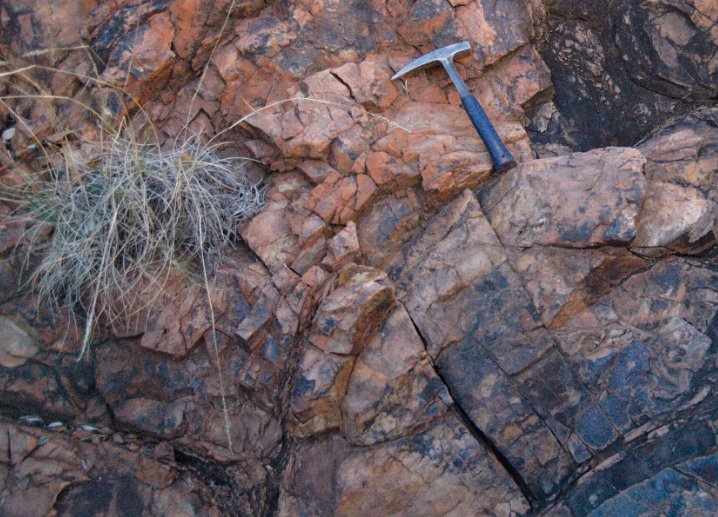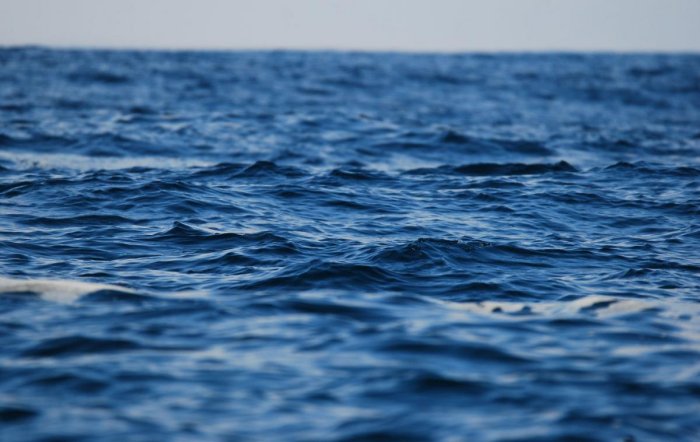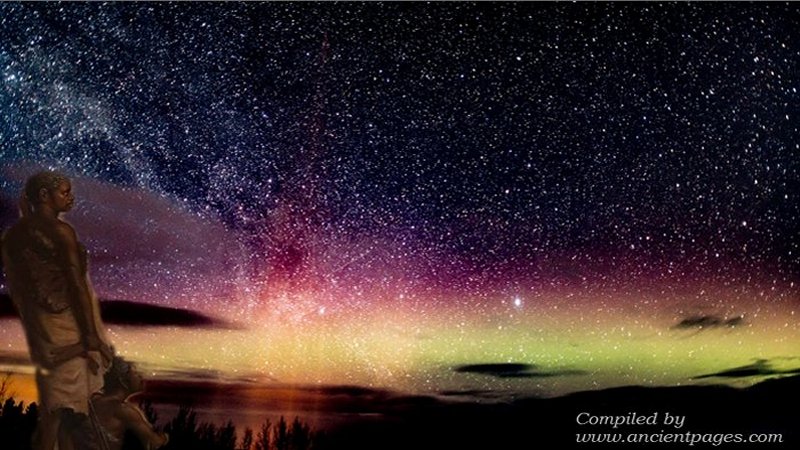Was Early Earth A Global Ocean 3.2 Billion Years Ago?
Eddie Gonzales Jr. – MessageToEagle.com – New research suggests that the early Earth was likely covered by a global ocean 3.2 billion years ago. It may even have looked a bit like the post-apocalyptic, and land-free, future imagined in Costner’s infamous film ‘Waterworld.’
 Benjamin Johnson inspects an outcrop in the Panorama district by what was once an ancient hydrothermal vent. Credit: Jana Meixnerova
Benjamin Johnson inspects an outcrop in the Panorama district by what was once an ancient hydrothermal vent. Credit: Jana Meixnerova
The group’s findings could help scientists to better understand how and where single-cell organisms first emerged on Earth,
“The history of life on Earth tracks available niches,” said Boswell Wing, an associate professor in the Department of Geological Sciences at the University of Colorado Boulder, and a co-author of the research.
“If you’ve got a waterworld, a world covered by ocean, then dry niches are just not going to be available.”
The study also feeds into an ongoing debate over what ancient Earth may have looked like: Was the planet much hotter than it is today?
“There was seemingly no way forward on that debate. We thought that trying something different might be a good idea,” said Benjamin Johnson, an assistant professor at Iowa State University in Ames, and lead author of the research paper.
Wing and Johnson focused on a geologic site called the Panorama district located deep in Northwestern Australia’s outback.
For him and Wing, that something different centered around a geologic site called the Panorama district located deep in Northwestern Australia’s outback.
“Today, there are these really scrubby and rolling hills that are cut through by dry river beds,” said Johnson, now an assistant professor at Iowa State University in Ames. “It’s a crazy place.”
It’s also the resting spot for a 3.2 billion-year-old chunk of ocean crust that’s been turned on its side.
The researchers saw it as a one-of-a-kind opportunity to pick up clues about the chemistry of ocean water from billions of years ago.
“There are no samples of really ancient ocean water lying around, but we do have rocks that interacted with that seawater and remembered that interaction,” Johnson said.
 This pillow basalt lined the seafloor roughly 3.2 billion years ago. Credit: Benjamin Johnson
This pillow basalt lined the seafloor roughly 3.2 billion years ago. Credit: Benjamin Johnson
The researchers analyzed data from more than 100 rock samples from across the dry terrain. They were looking, in particular, for two different flavors—or “isotopes”—of oxygen trapped in stone: a slightly heavier atom called Oxygen-18 and a lighter one called Oxygen-16.
The duo discovered that the ratio of those two isotopes of oxygen may have been a bit off in seawater 3.2 billion years ago—with just a smidge more Oxygen-18 atoms than you’d see today.
The team theorized that the most likely explanation for that excess Oxygen-18 in the ancient oceans was that there simply weren’t any soil-rich continents around to suck the isotopes up.
Written by Eddie Gonzales Jr. – MessageToEagle.com Staff











